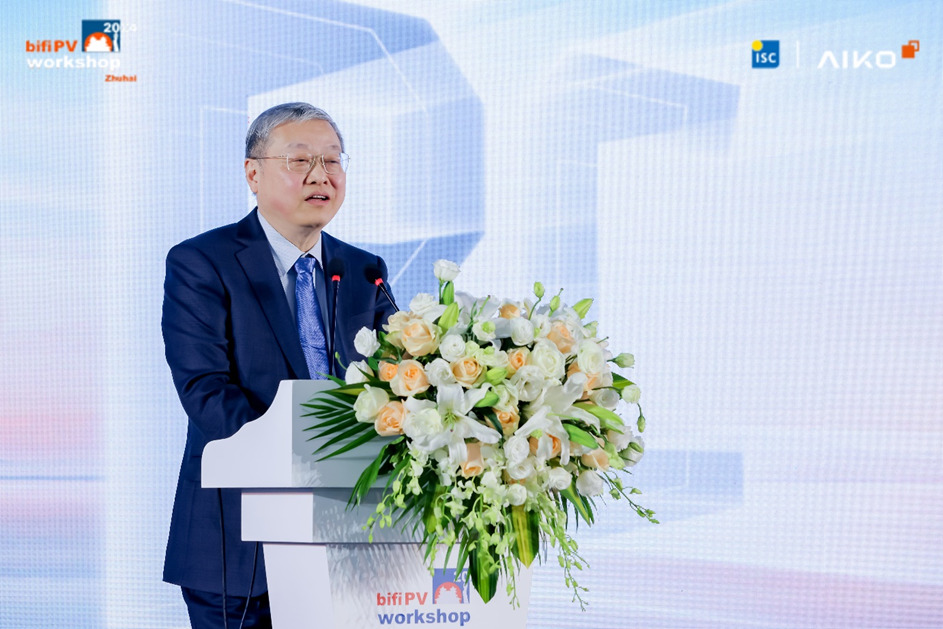
The 12th edition of the bifiPV workshop international summit has been held in China’s Guangdong province. Co-hosted by AIKO and the International Solar Energy Research Center (ISC Konstanz), the summit brought together over 400 global experts representing the PV industry.
A key highlight of the summit was its focus on bifacial back contact (BC) technology, widely regarded as the ultimate technology in the single-crystal silicon era due to its proximity to the theoretical conversion efficiency limit. AIKO pioneered the development of N-Type ABC technology in 2021 and was the first company in the industry to achieve gigawatt-level mass production of N-Type BC cells. With benefits including grid-free front surfaces, high conversion efficiency, exceptional reliability, aesthetic appeal and broad adaptability, BC technology has rapidly gained attention.
ISC Konstanz’s Dr. Radovan Kopecek reflected on the 19-year journey of the bifiPV workshop and shared an optimistic outlook for BC technology, commenting: “At this summit, we will discuss a range of pressing topics, including BC manufacturing processes, opportunities and challenges in the PV industry, the timing of tandem technology breakthroughs, as well as economic and reliability considerations. We believe that as BC technology integrates with energy storage in the future, high-efficiency bifacial BC solutions will demonstrate unparalleled competitiveness. To transition from rooftops to utility scale, back-contact technology must evolve to bifacial, harnessing ground reflection for greater efficiency. The ultimate step for BC technology is bifacial integration.”
AIKO chairman Gang Chen underlined that BC technology is indispensable for achieving the ultimate efficiency of crystalline silicon cells and paving the way for the next generation of solar technologies, with those such as photon doubling and perovskite tandem cells relying on BC structures for optimal efficiency.
Chen commented: “To ensure the sustainable development of human society, we must continuously improve our ability to harness solar energy, store more of it, and transition to a negative-carbon society. BC technology, currently the closest to the theoretical efficiency limit of crystalline silicon cells (29.56%), features a unique grid-free front structure, making it a necessary path for exploring next-generation solar cell technologies.”

A roundtable discussion followed, bringing together industry leaders to explore the transformative potential of BC technology, focusing on how it is poised to shape the future of the PV industry, particularly in addressing challenges, seizing opportunities and driving the industry’s next phase of growth.
BC technology’s market acceptance and potential have surged in 2023, with growing adoption in utility-scale solar projects. In the second half of the year, companies such as Huaneng Group, China Huadian, Guangzhou Development, and State Power Investment Corporation issued BC-specific procurement bids, signaling a new chapter for BC in centralized PV purchasing.
The workshop concluded with a tour of AIKO’s Zhuhai factory, where attendees witnessed the automated, intelligent and eco-friendly production process for the company’s N-Type ABC cells and modules.

